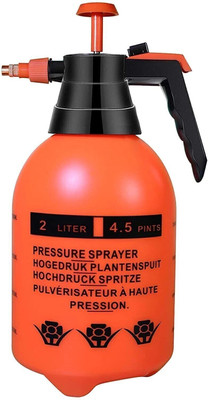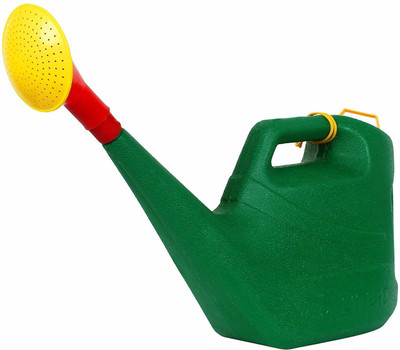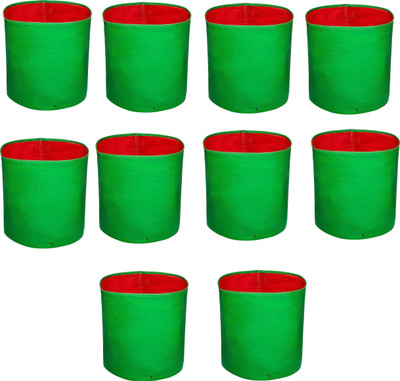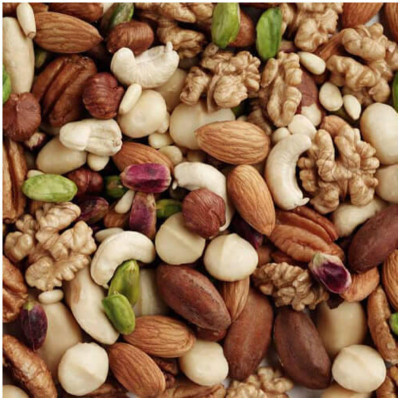
ZIXA Celosia Castle Flower Seed (200 per packet)
Share
ZIXA Celosia Castle Flower Seed (200 per packet)
Be the first to Review this product
Special price
₹359
₹799
55% off
Available offers
T&C
T&C
Delivery
Check
Enter pincode
Delivery by10 May, Saturday|Free₹40
?
if ordered before 9:59 PM
View Details
Highlights
- Seed Type: Flower
- Suitable For: Indoor, Outdoor
- Organic Plant Seed
- Seed For: Celosia Castle Flower
- Flowering Plant
- Quantity: 200 per packet
Services
- Cash on Delivery available?
Seller
Description
Get the seeds.
Sow them 1/3 to 1/4 inch (0.6 to 1 cm) deep in a seed tray or pot that has a well-draining soilless mix.
Keep the soil moist & place the pot in bright light.Location
Celosia loves the sun, & to ensure abundant flowers, it should be under the open sky with good air circulation. If growing indoors, it needs a sunny window. To grow celosia in a balcony, Southern or Western exposure is important, where it can receive at least 5-6 hours of direct sun.
Watering
Although the plant can tolerate short periods of drought, it grows much better when the soil remains slightly moist. While watering, remember not to overwater plants & wetting the leaves to avoid leaf spots, stem, & root rot, along with other fungal diseases.
Soil
Celosia plant thrives in most soil types, but it is better to use soil that is loamy, rich in organic matter, & drains well. The pH level of the soil required should be around 6 to 7.
Ensure the soil temperature is above 64 F (18 C), but you can start them when the temperature is as low as 60 F (15 C).Temperature
Even though it’s a plant of warm areas, celosia can grow in both subtropics & warm temperate zones. It grows best as a perennial in areas where annual daytime temperatures are within the range of 68-86 F (20-30 C).
The optimum seed germination temperature for growing celosia is around 64-86 F (18-30 C), ideally, around 77 F (25 C). The plant can tolerate a maximum of 104°F (40 C) & the lowest to 32 F (0 C) for a brief period without frost.Fertilizer
Fertilize the plant using a liquid fertilizer with an NPK ratio of 15-30-15 or 10-10-10 once a month. When the plant starts to flower, increase the fertilization frequency to once every 2-4 weeks.
Mulching
Outdoor planted celosia will benefit a lot from a thick layer of organic mulch. It helps the plant to retain moisture for a longer time duration. Mulching also helps in preventing the growth of weeds.
Read More
Specifications
In The Box
|
General
| Brand |
|
| Model Name |
|
| Quantity |
|
| Common Name |
|
| Flowering Plant |
|
| Suitable For |
|
| Type of Seed |
|
| Organic |
|
| Net Quantity |
|
Additional Features
| Other Features |
|
Have doubts regarding this product?
Safe and Secure Payments.Easy returns.100% Authentic products.
Back to top




